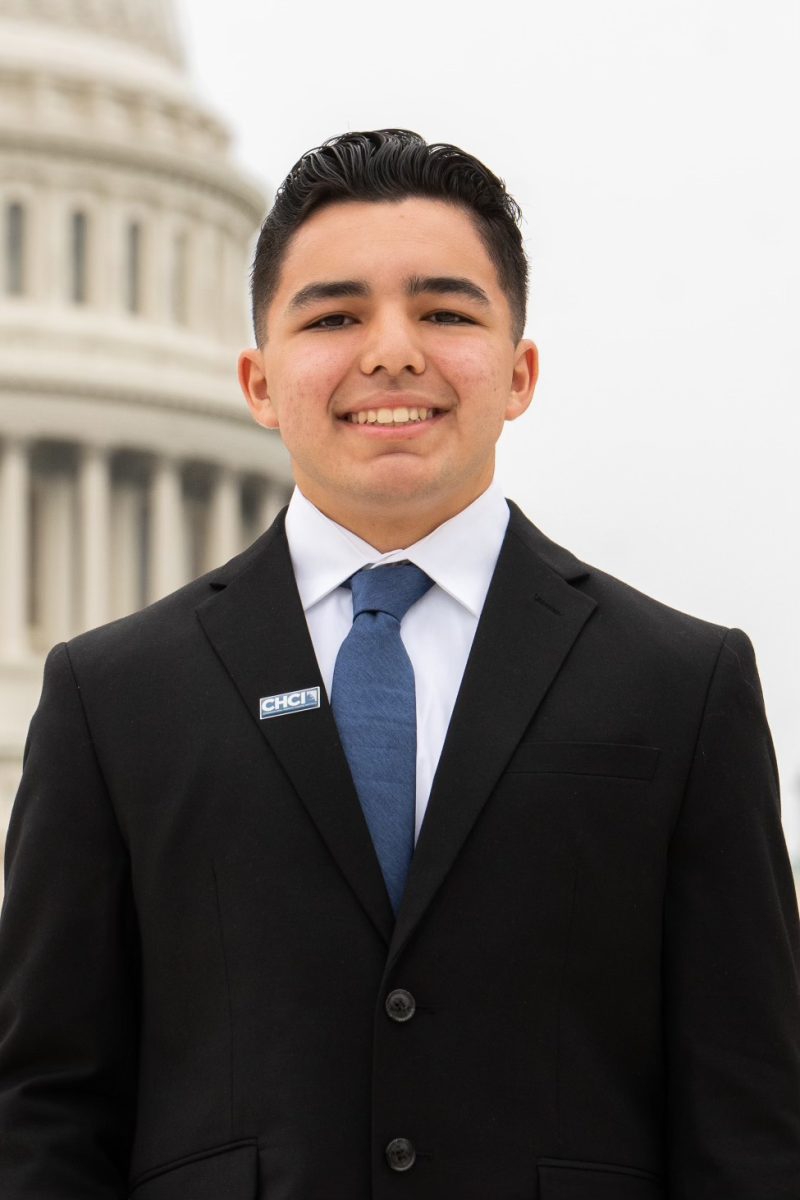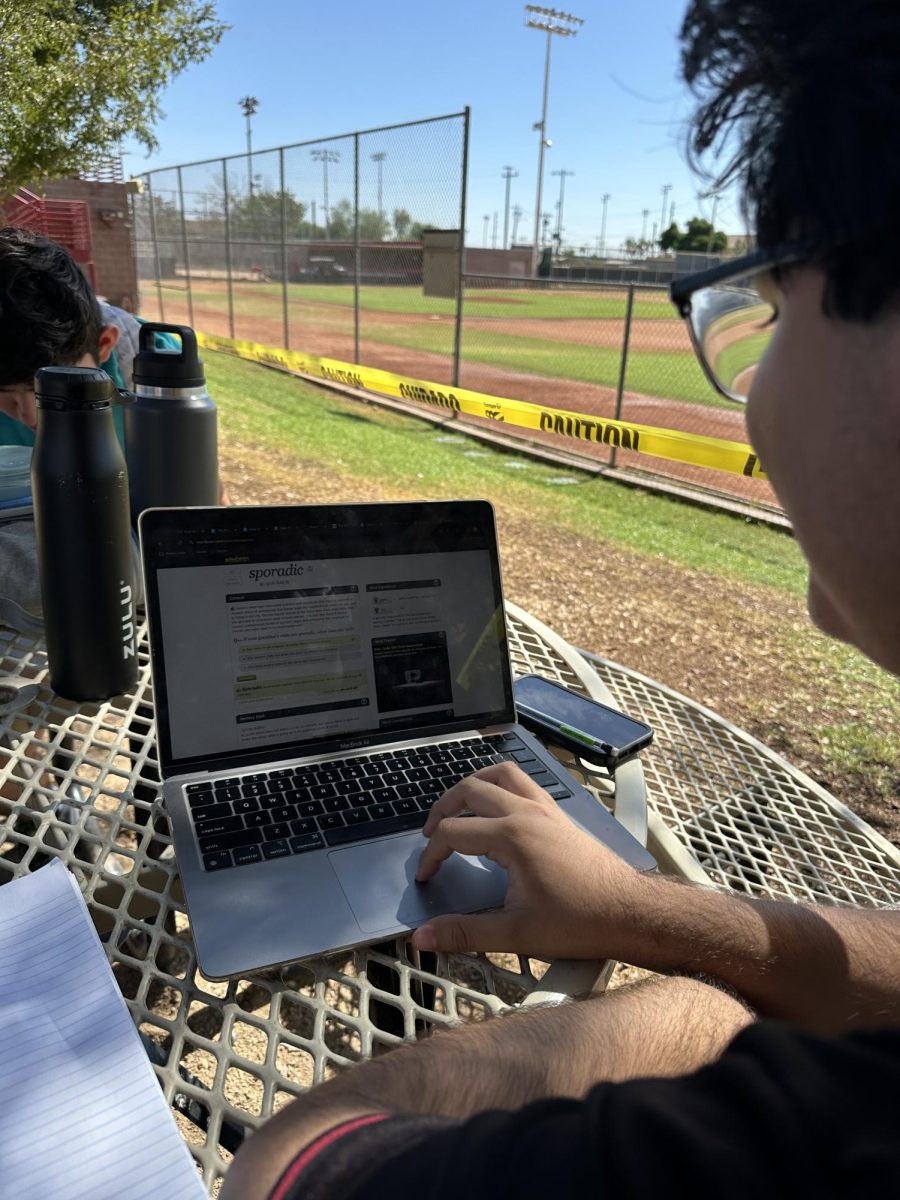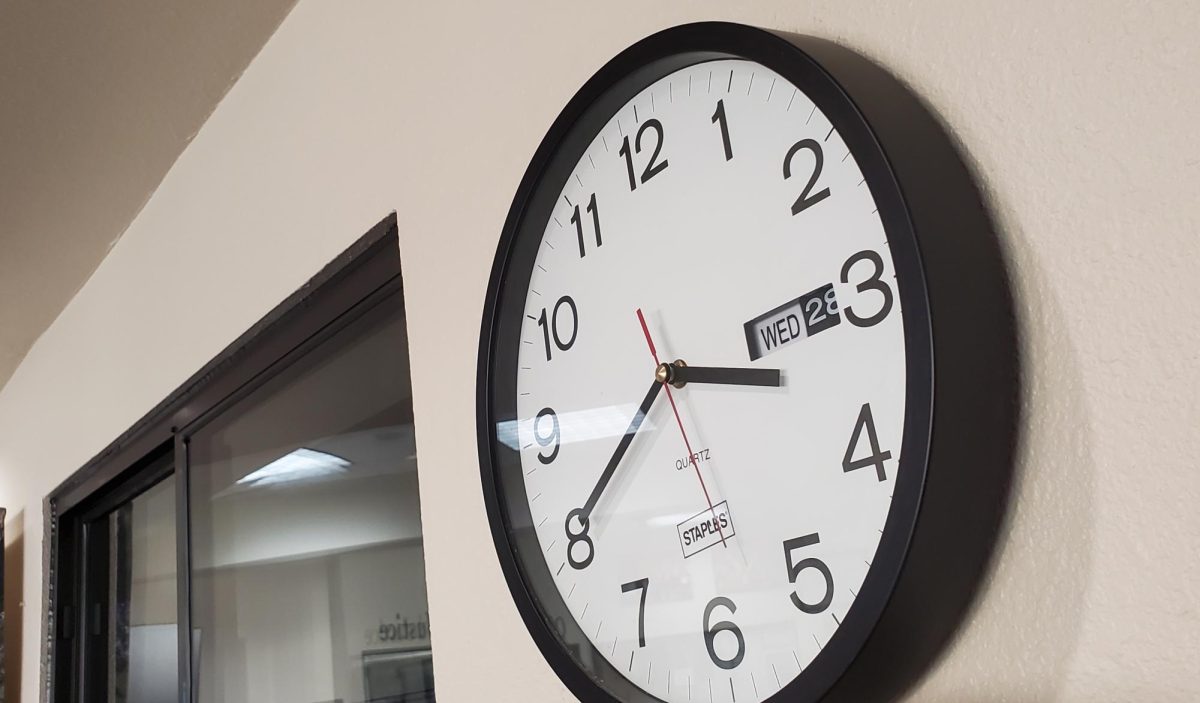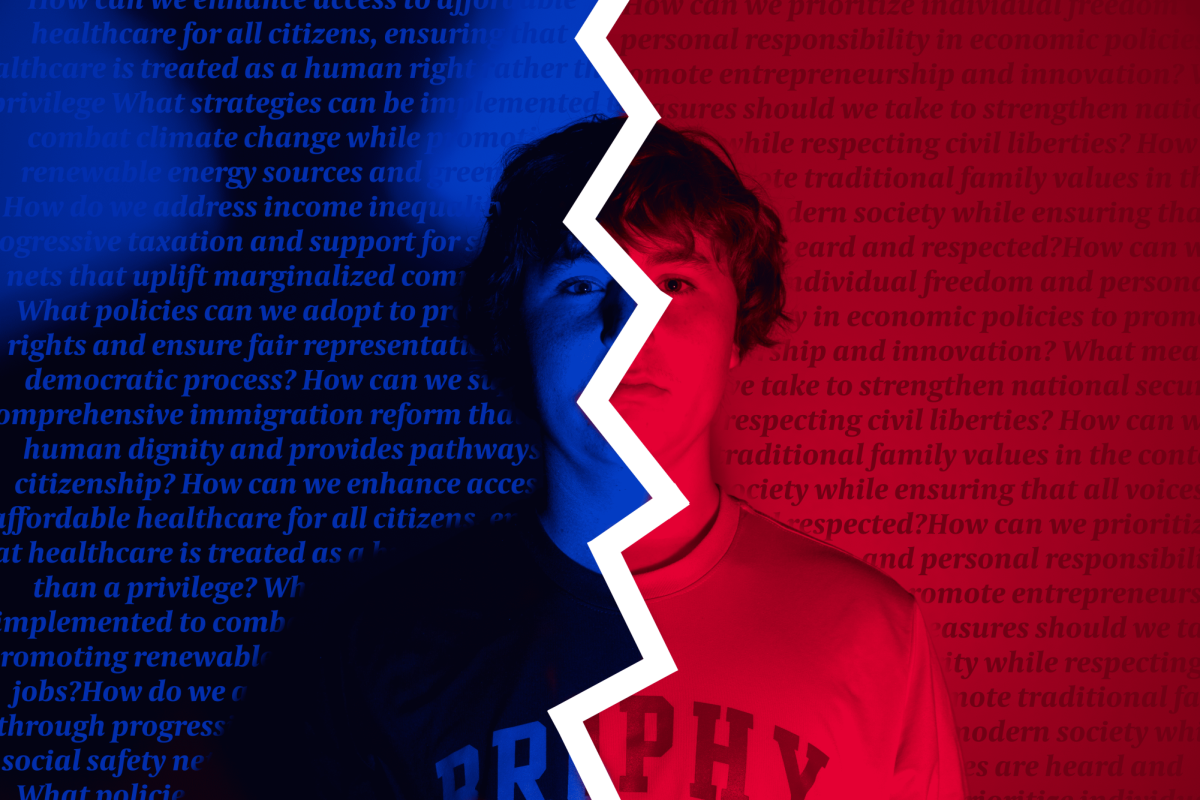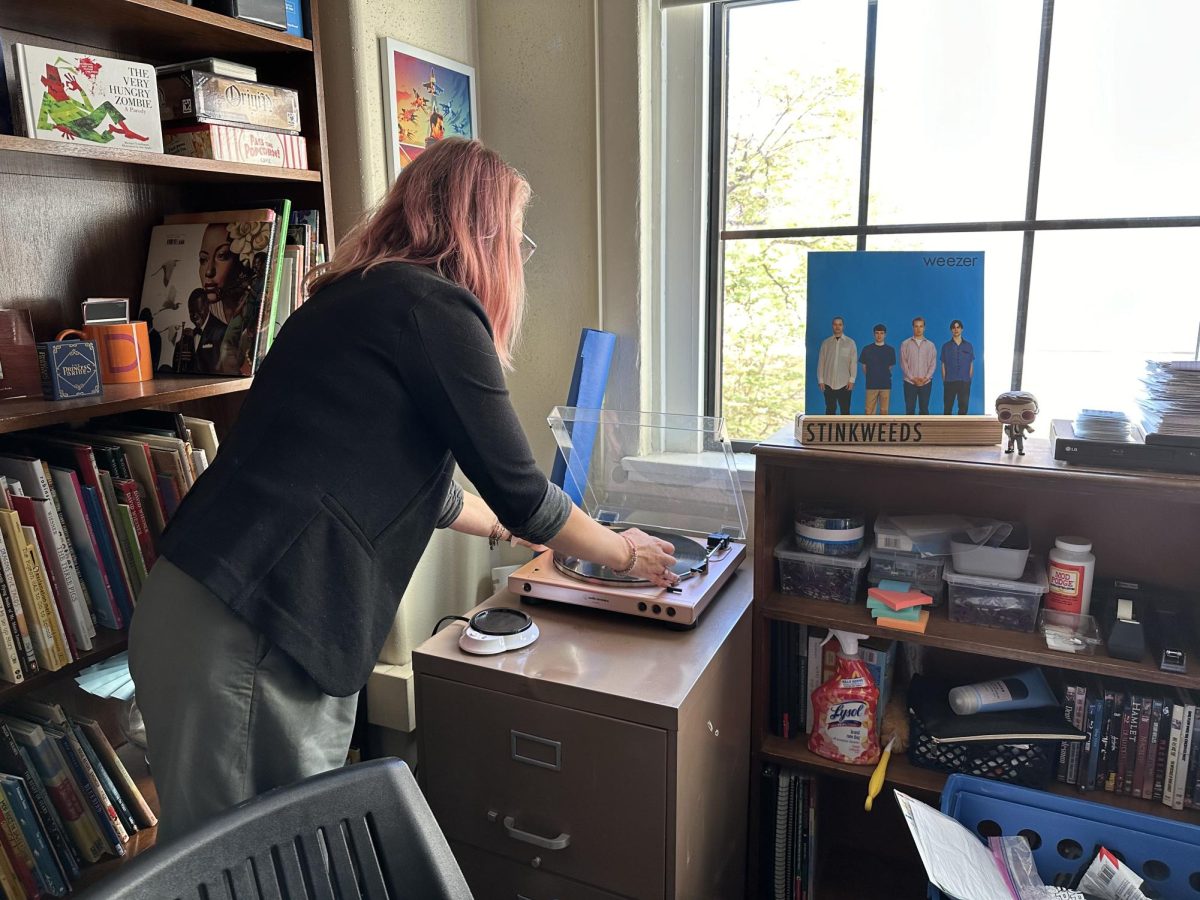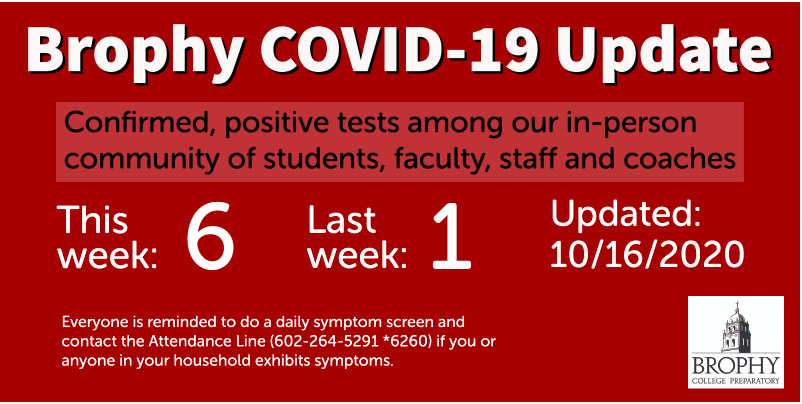By Ridge Peterson ’21 and Max Tiffany ’21
THE ROUNDUP
There is no overstatement for the tragedies caused by the COVID-19 pandemic that swept through the nation this year, and more concern is growing now that the flu season is starting to take its course.
While COVID-19 has been Brophy’s main area of concern for the past eight months, the upcoming flu season presents similar challenges due to the similarities between the two viruses.
The CDC reports that “both COVID-19 and flu can have varying degrees of signs and symptoms, ranging from asymptomatic to severe symptoms.”
Symptoms that both COVID-19 and flu share include:
| Fever or feeling feverish/chills |
| Cough |
| Shortness of breath or difficulty breathing |
| Fatigue |
| Sore throat |
| Runny or stuffy nose |
| Muscle pain or body aches |
| Headache |
While in a normal school year, health officials would be on the lookout for flu symptoms, they have to be wary of the similar warning signs that each virus presents.
In an interview with the University of California, San Francisco, Dr. Jahan Fahimi, M.D. said, “Certain symptoms are slightly more associated with one virus than the other, there’s enough overlap that there’s uncertainty… So we wouldn’t use the presence or absence of those symptoms to rule in or out either illness.”
Because of the extreme similarity of symptoms it can be hard to tell whether or not a person has the flu or COVID-19. In an effort to eliminate the spread of both, the Brophy administration has encouraged students and teachers to stay home if they feel any symptoms of either disease.
“We can’t stress enough how important it is that students not only stay home if they are at all symptomatic, but if any member of their household is symptomatic,” said Brophy Principal Mr. Bob Ryan in a schoolwide email.
Ian Martinez ’21, a practicing EMT and Brophy student, shared that his “brother actually got the virus… his effects were almost unnoticeable and all he could tell was that he could not taste.”.
Martinez emphasised the importance of the guidelines set in place by both Brophy and the CDC, and acknowledged that they show how people with ailments or pre-existing conditions already are more susceptible to the virus and the flu season along with it.
“Not just us, but a lot of people with family who have pre-existing conditions and other ailments are at a higher risk especially when it’s hard to tell who even has it,” Martinez warned.
When discussing the timing of COVID-19 and the flu season, Martinez said, “We ought to be wary, but to be honest, I think the flu season will hit a lot less hard because we were already in full-scale crisis mode.”
Martinez is not alone in his belief that the flu season’s effects will be mitigated due to the preparedness for COVID-19. Maya Amaro, a senior at Xavier, member of the Corpus Animus Club, and a future member of the medical field agrees with his sentiments.
“I think when I heard about masks possibly lowering the risk of catching the flu it made sense. People wouldn’t be sneezing on each other, coughing on each other, and I believe we will be more ‘contained’ in a sense of the word,” said Amaro.
Although it seems logical to presume that masks will help in the mitigation of the spread of the flu, according to the U.S. National Library of Medicine, “Face masks have traditionally been used in general infection control, but their efficacy at the population level in preventing transmission of influenza viruses has not been studied in detail.”
While a lot has yet to be learned about the containment of germs causing the flu, The CDC
recommends healthcare workers wear face masks when working with patients who have the flu, leading people to believe it does help lessen the spread of germs.
Former health technician for 15 years and current freshman health teacher, Mrs. Renee Oldani says that “flu season always has an effect every year and now with COVID it will make recovering from either or both very different.”
How different the recovery will be this year is yet to be determined, but Mrs. Oldani is hopeful about the systems in place to make sure students are educated on the topic and the right information is spread.
“I believe that all our health agencies are doing what they can to educate people, and the health care providers are doing what they can to be prepared. It is also on each individual to follow health, safety protocols and policies that are put in place.. If we all can do our parts to stay healthy, adhere to policies, and stay home when we are sick, then that is a big step,” Mrs. Oldani said.
It is unknown exactly what damage COVID-19 and the flu season will do by the end of the year, but constant vigilance to safety standards in our community, mask wearing, and general safety will assist in keeping the community safe.


